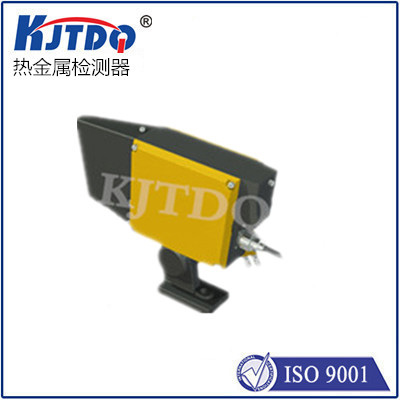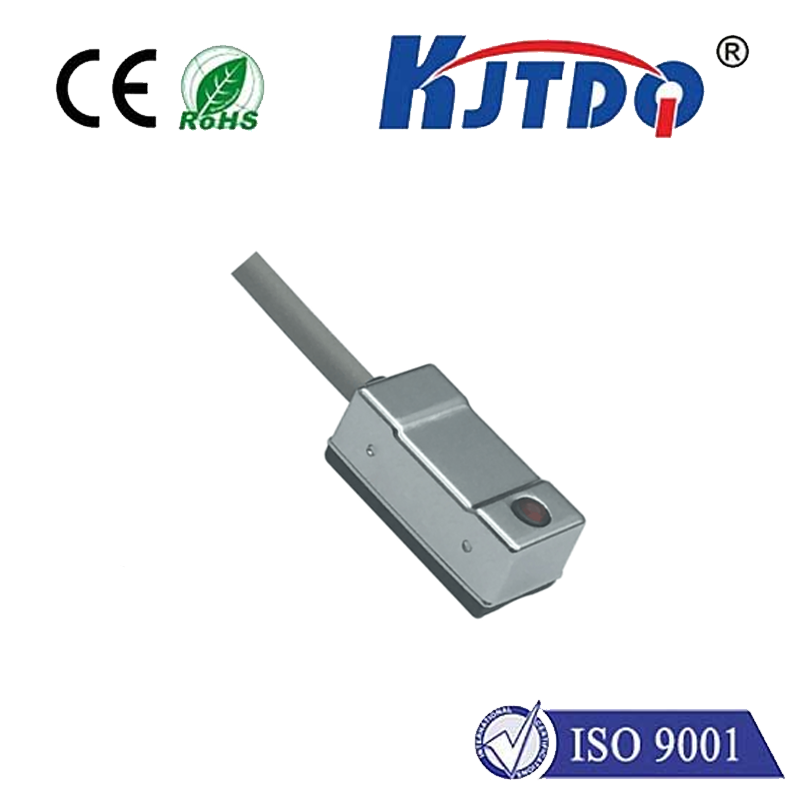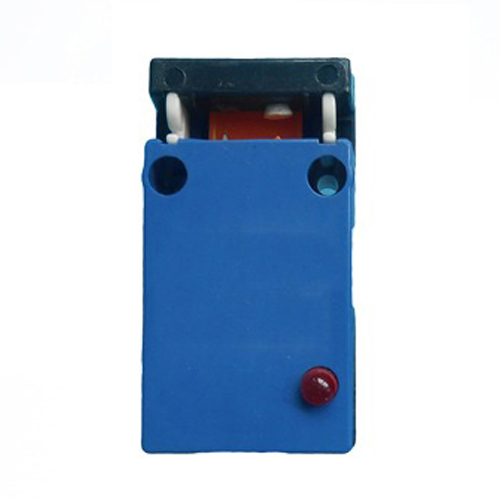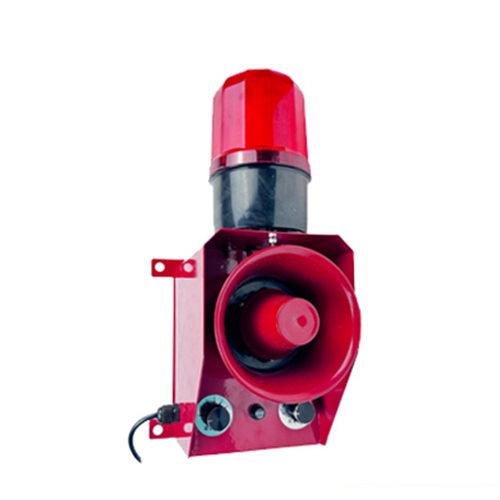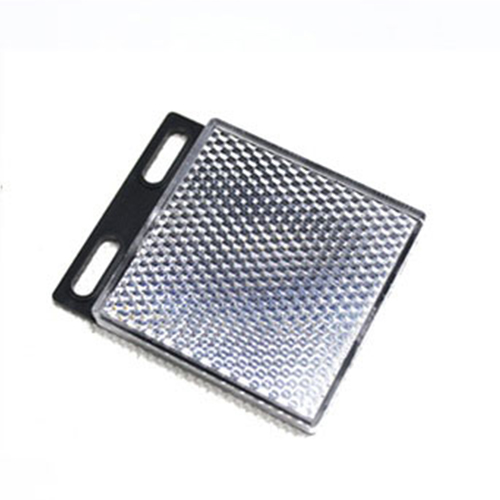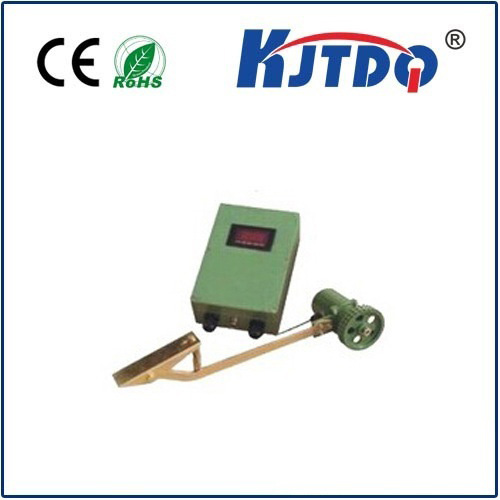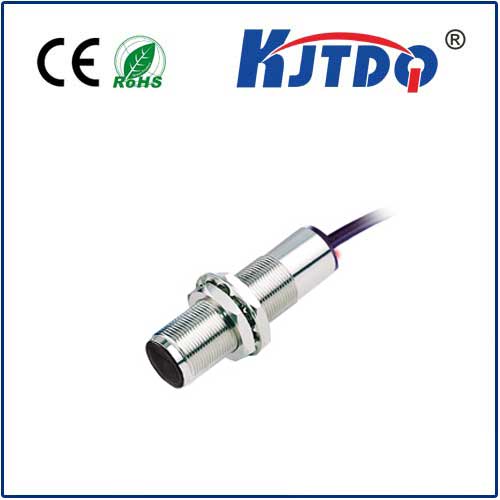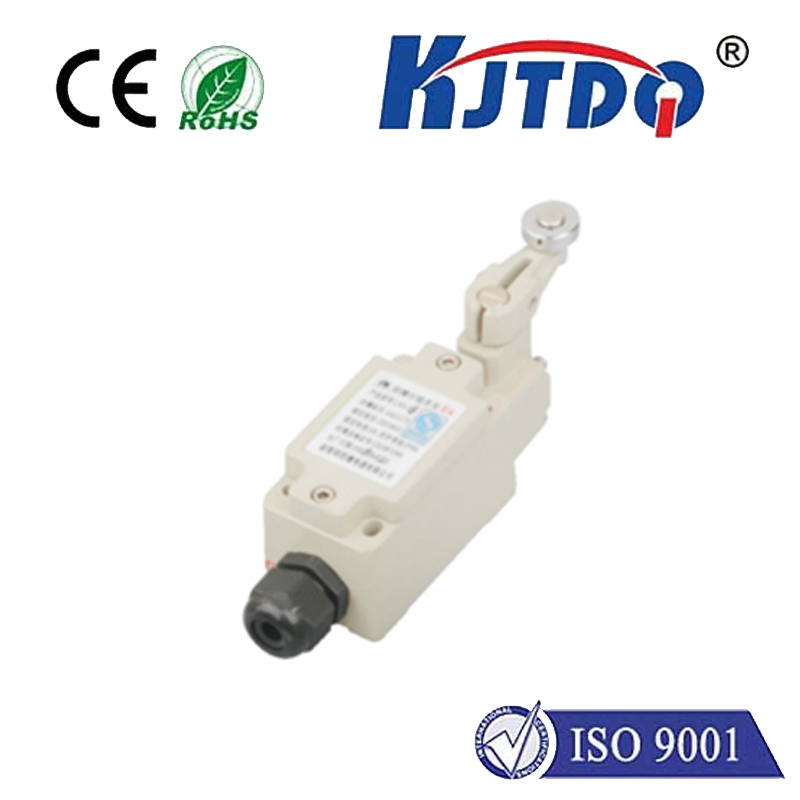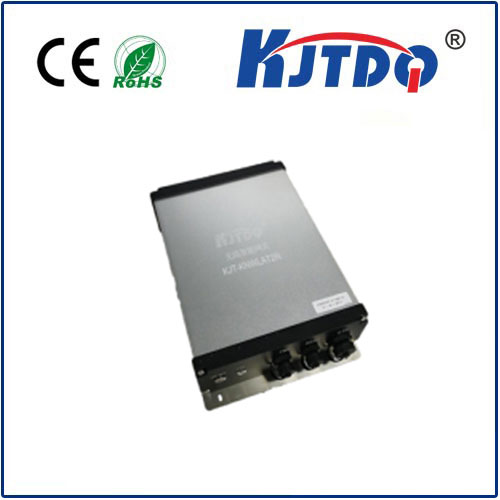

check

check

check

check

check

check

check

check

check

check
Imagine a silent, invisible switch. No moving parts to see, no buttons to press, yet it knows with absolute certainty when a magnet draws near. This isn’t science fiction; it’s the elegant reality of the magnetic reed proximity sensor, a fundamental and remarkably reliable technology underpinning countless everyday devices and industrial systems. Often hidden from view, these sensors are the unsung heroes of position detection and security, operating with simplicity and enduring power.
How Does This Magnetic Magic Work?
At its core lies the ingeniously simple magnetic reed switch. Picture a tiny, hermetically sealed glass tube. Inside this tube reside two thin, flat metal strips – the “reeds”. Crucially, these reeds are crafted from a ferromagnetic material, meaning they are strongly attracted to magnets. Normally, these reeds are separated by a small gap. However, when an external magnetic field – typically from a permanent magnet – approaches the sensor, something fascinating happens.
The magnetic field magnetizes these ferromagnetic reeds. The opposite ends of each reed develop opposite magnetic poles. Because opposite poles attract, the reeds are drawn towards each other. As the magnet gets close enough, the attractive force overcomes the reeds’ natural springiness, causing them to flex and make physical contact, thus completing an electrical circuit. When the magnet moves away, the magnetic field weakens, the reeds lose their magnetism, their inherent spring force takes over, they snap apart, and the circuit opens. This remarkably straightforward contact closure mechanism is the essence of proximity detection via a reed switch.
Why Choose the Reed Sensor? Key Advantages

The magnetic reed sensor’s popularity stems from several compelling advantages:
Where Do We Find These Silent Sentinels? Diverse Applications
The unique combination of reliability, low power, and contactless operation makes magnetic reed proximity sensors ubiquitous across numerous fields:
Understanding the Limits: Considerations
While incredibly useful, no technology is perfect. Be mindful of the limitations:
Beyond the Basics: Modern Evolution
The fundamental reed switch remains vital. However, its integration and packaging have evolved significantly. Today’s magnetic reed proximity sensors often incorporate the bare reed switch into rugged, industry-standard housings. These housings simplify mounting, offer environmental protection (IP ratings for dust/water resistance), and sometimes include basic signal conditioning electronics. This turns the simple switch into a ready-to-install industrial component easily interfaced with Programmable Logic Controllers (PLCs).
Furthermore, for applications needing more intelligence (like speed detection, direction, or variable field strength measurement) or longer sensing ranges, Hall effect sensors have become popular. However, the classic magnetic reed sensor continues to reign supreme wherever its core strengths – extreme reliability, utter simplicity, ultra-low power consumption, and contactless sensing through barriers – are paramount.
From securing our homes to ensuring industrial machinery operates safely, the magnetic reed proximity sensor demonstrates that sometimes the simplest, most elegant solutions offer unparalleled performance in their niche. Their silent vigilance
